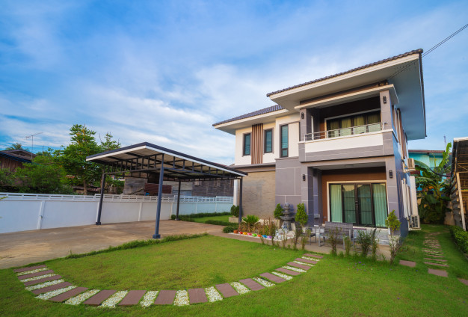Identifying Sustainable Opportunities in the Construction Industry
- Structures Insider

- Oct 10, 2022
- 4 min read

SUMMARY
1. The type of project: buildings vs other civil engineering infrastructure
The priority and size of the project differ, and one can be chosen over the other based on the overall benefits it provides
Sustainable metrics for evaluating the project sustainability, eg. A building assessment could be done to assess the energy savings and efficiency of the building to keep heat whereas a rail or highway could be considered as the emissions per km of road or track created from the project
In buildings, the most significant carbon is operational (stages B1-B3) whereas on a highway it is the end-user carbon of cars using the motorway the majority of emissions (B6)
Emissions against the objectives of design are different as getting from A to B in infrastructure there are different options such as motorway or rail whereas in buildings is the same systems
There are different system boundaries and functional units of measurement which are hard to compare to each other using just an LCA as they are completely different projects
Recommended:


2. The procurement route of a project
&
3. The client’s appraisal process
Educate employees about their role in ensuring successful sustainability outcomes
Link project sustainability objectives to individual and team performance through key performance indicators and a focus on continuous improvement
Use life cycle and the whole of life costing to test the long-term value of decisions
Inception stage:

Guided public involvement in decisions
Provisions to inform travelers (eg. railway infrastructure)
Design with resilience against natural and man-made hazards in mind
The method of construction chosen should try to minimize construction disturbance noise and dust
Combined use of infrastructure will enhance overall benefits (eg bridge and green area sidewalk)
Select a location with minimizes disruption and maximizes benefits
The asset under construction should improve transport links and the provision of integrated foot and cycle provision
The solution should be planned with the whole serviceable life (e.g. weathering steel could be selected as it has a low maintenance cost for steel bridge designs)
Build-in maintenance provisions including access and upgrading facility
Detailed geotechnical investigations will facilitate efficient design for foundations hence reducing cost and carbon emissions
Early contractor involvement can have a lot of benefits and reduce construction anomalies and mistakes
Building for wildlife such as green bridges
Factor sustainability considerations into decision-making
4. The size of the project
Small projects have a smaller impact on their surrounding environment as their output of emissions is low compared to mega projects which affect the area due to the vast amount of environmental impact they have
Smaller projects can work independently and hence in a situation of failure a system of small projects will not have a big impact whereas a big project going offline will cause big disruption eg. A power plant will cause a lot of disruption to a lot of people
5. The location of the project
Involve local communities affected by the operations in order to best meet their needs and enhance their benefits
Regeneration of location of the project economically and socially
Location availability of materials to be transported to site as if it is located in a remote area the transportation emissions will be high hence materials should be sourced locally
Job availability in the project, such as workers to be going on-site
Prevent damage or restore past damage to the environment (e.g. toxic spills)
6. The project partners/stakeholders

Minimize waste (from the contractor and sub-contractors on the project)
The earlier the designers and engineers are involved in the project the better the outcome will be as the implementation of sustainable solutions have to be carried out at the concept/inception stage before changes become too expensive
Select materials that come from renewable sources and look for alternatives to those with significant environmental impact
Have the development of staff and the transfer of knowledge as priorities, so that the experience gained moves beyond individuals to future projects and the infrastructure industry more generally
Have management objectives, processes, and people in place to ensure that sustainability issues are managed, measured, and reported in a transparent way
Recommended:
Design stage:
A sustainable approach to materials: efficiency, responsible local sourcing, design to minimize impacts, end of life material considerations (use recycled materials). Choose materials based on cost, environmental impact, and durability
Try reducing the raw materials and use the energy of assets to picking correct design decisions
Use structural form with direct force transfer
Strategies to minimize waste such as the use of water on site
Material and design: avoid overdesign but not at the expense of future-proofing, minimize transport distances and consider the size of the members/elements to be delivered to the site
Construction stage:
Early contractor involvement:
o Ease of access
o Protection from groundwater pollution
o More efficient site waste management plan
o Close site supervision
o Good survey information
o Good information for estimating and ordering materials
Initial design stage
o Provision of access for maintenance
o Defined emergency procedures
o Provision for replacement of elements
o Design to allow replacement, widening, or strengthening while maintaining the structure in service
o Minimise future maintenance requirements
While in use:
o Provide inspections that determine the structural adequacy of remaining life so unnecessary maintenance is avoided
o Use less conservative analysis methods
o Regular preventive maintenance
o Innovative repair or strengthening options
Adopt measures to optimize energy and water use efficiency and effectiveness
End of life:
Design for deconstruction, demolition, and recycling/reuse of materials/components











